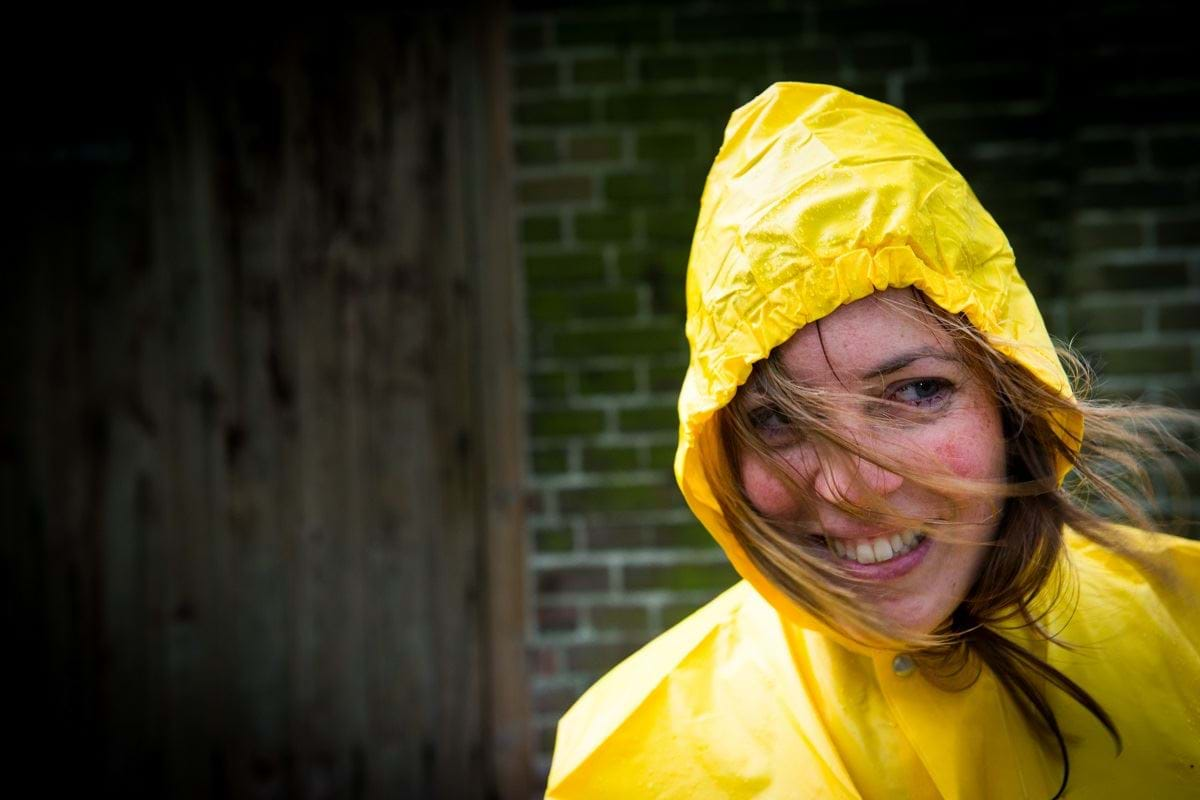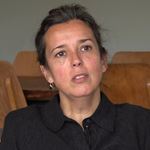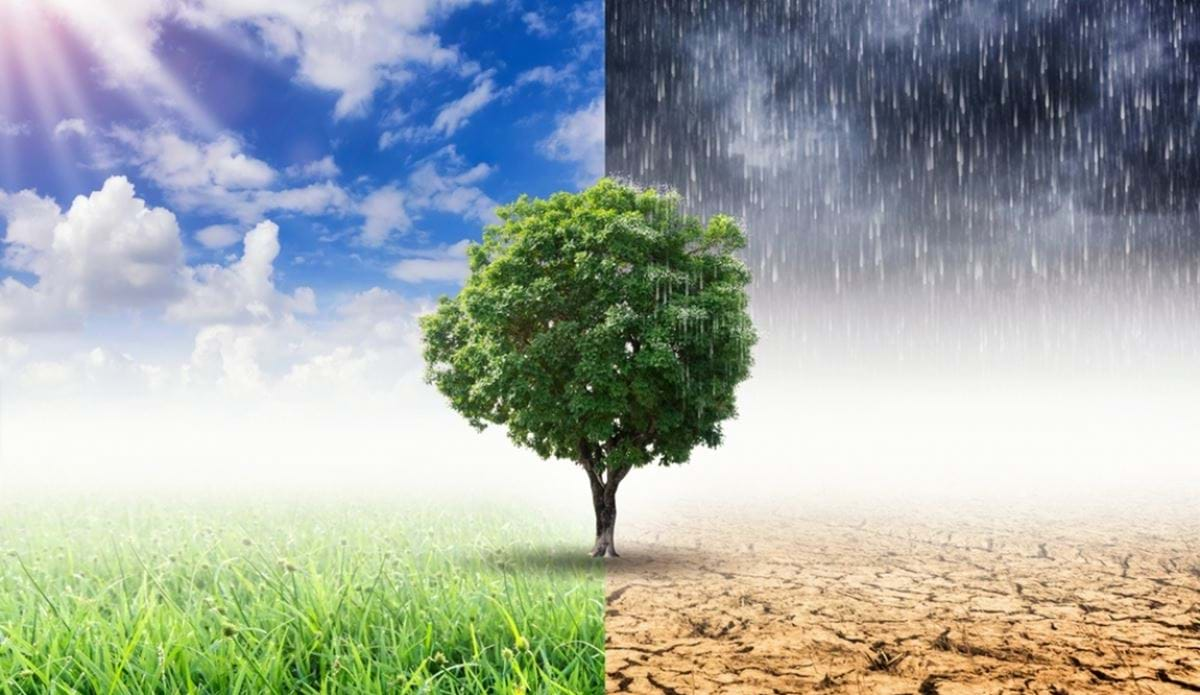RED & BLUE brings climate change risks into focus
Low-lying urban areas around the world are all affected by the consequences of climate change and that is especially true of the Netherlands. The name says it all: it actually means a low-lying country. People can live safely at present behind dikes and flood defences, but how much longer can this go on for? The RED & BLUE research programme aims to answer this question by combining various disciplines from related sectors to work together on risk assessments and finding solutions. “We bring together different worlds that are all affected by climate change,” says Ellen van Bueren.
The interview was conducted in a fitting location: a beautiful polder just outside of Prof. Ellen van Bueren’s hometown of Leiden. Since Leiden is located close to the west coast of the Netherlands, the polder lies in an area where the land is low and water levels are high. In fact, the location is several metres below sea level. The question is, therefore, not whether the current situation is safe or not, but rather how long will it remain safe? To quote meteorologist and national weatherman Peter Paul Munneke commenting in Dutch daily NRC, “It is not a question of whether the Netherlands will be engulfed by water, but when.” Such an outlook could lead to catastrophic thinking and prompt mass migration to the east of the Netherlands, but that is not the approach of RED & BLUE. Instead, research institutes, government departments and independent stakeholders (such as Bouwinvest) are working together to investigate the risks of climate change on housing and real estate, specifically in lower-lying urban areas. The aim is to develop a framework to deal with rising water levels. The Netherlands Organisation for Scientific Research (NWO) is supporting the research initiative with a grant of 5 million euros.
What do we need to create a successful climate-proof model together?
“During the initial preparation stages of the research we noticed that there are different definitions and perceptions between all the parties involved. For example, what is meant by the term ‘climate risk’? Before parties can start working on finding solutions, it goes without saying that they first need to learn to understand each other. We are now getting the resources and staff together to launch the programme in Limburg in September. It will start by looking at the consequences of the great flood that occurred locally in July 2021. Will the damaged properties be repaired in a way that anticipates future climate change?”
What will the research budget be used for?
“The research budget will be used first of all to establish a framework of cooperation between the parties. The long-term goal is to build a platform that will continue working on creating a climate-proof delta in the Netherlands, long after the planned five-year research period. We want to connect research with practice right from the start. For example, municipalities already taking part are working on projects such as making the ‘De Staart’ business park in Dordrecht climate-proof. Such cases enable us to distil questions for scientists and the municipal councils. It’s all about interaction. It’s important that the interaction takes place in a safe forum, where everyone can speak out. A significant amount of capital and manpower has been invested into creating this forum as the stakes are very high, for professional entities and ultimately also for the residents of the Netherlands.”
How do you view Bouwinvest's role during the investigation?
“Their role as a major real estate investor is a significant one that bears a lot of responsibility for, and direct influence on, the future value of properties and neighbourhoods. How does the company respond to the consequences of climate change in their investment decisions? There could potentially be tension between the interests of residents and pensioners. Careful consideration must be given to these issues, with a long-term perspective, as the potential social consequences of climate change could be drastic. Some areas could eventually become inhabitable, property values could fall and investors may withdraw -- among many more possible outcomes. Bouwinvest recognises this explicitly and wishes to contribute to this research, by sharing knowledge and making use of all the data and research at its disposal through the RED & BLUE programme. The aim is to develop solutions, strategies and alliances drawing on that foundation.”
Your aim is to translate the knowledge you have gained directly into practice: who is it intended for?
“The affiliated partners will, of course, directly make use of the knowledge exchange, but there are many more potential partners who could benefit from the research. It is in all our interests to share knowledge as much as possible. That is also why we are developing a strategy to inform the public, specifically on what residents of the Netherlands need to do to prepare for climate change. Because it is an outcome that threatens everyone, we believe an ongoing public debate is needed based on the research findings of RED & BLUE.”
We can make an excellent contribution to the RED & BLUE project
We see it as part of our social responsibility to develop and share expertise.
Climate risks include extreme rainfall as well as flooding from the sea or rivers. And let's not forget heat stress, which is a factor to be reckoned with in an urban environment. Water is more of a short-term threat; we plan to deal with extreme temperatures later. But there is no doubt that we will be affected. The question then is: what interventions are possible? We hope the research will soon provide some guidance on how we can determine the risks and what can be done at the property level and what measures are possible at an area level. I would describe our approach here as: yes, unless. We will continue to invest - even in potentially risky areas – and risk models will not be all-determining. Examples such as Hafencity in Hamburg show that you can consciously reduce climate risks through how the built environment is designed. The key point here is that this requires the cooperation of all parties involved, which is why the dialogue we are seeking to have in the RED & BLUE context is so important.


